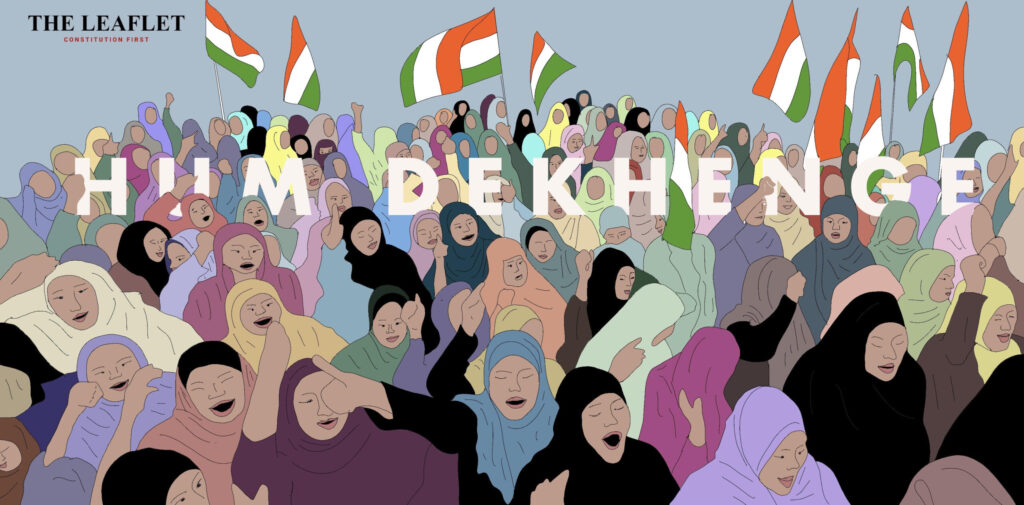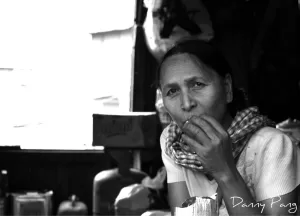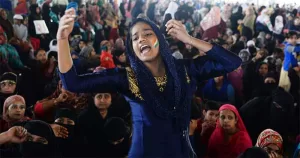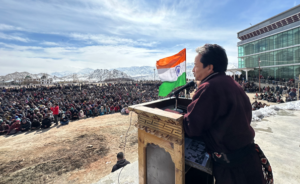As a Muslim girl growing up in the 1970s and 1980s, I used to follow the Central Board of Secondary Education class X and XII examination results closely. The photographs and news reports of girls doing better than boys used to give me a thrill. As I grew up, I became conscious of being a Muslim girl in a secular society. As somebody belonging to an economically and educationally backward community, I was often on the lookout for the results of Muslim girls. Yes, girls were doing better than guys, but did Muslim girls do better than their male counterparts? To my surprise, they did. In the walled city of Delhi, Muslim girls enjoyed a better pass percentage than the boys. Boys, I was told, often dropped out after middle school. Girls stuck it out till the completion of schooling. Many went on to do graduation too.
Yet, as I grew up, did my post-graduation, and worked as a journalist, one thing didn’t change: the news media’s obsession with the poor, helpless Muslim women. As girls, they did better than the boys but they seemed to lose it all as they grew into young women. At least, that is what the media told us.
Back in the 90s and on to the new millennium, I struggled to come across features presenting Muslim women in a positive light. They were always shown as faceless women, hidden in a black burqa. They didn’t seem to have an identity beyond their attire. News photographers clicked photos of Muslim women, covered in a black burqa, outside polling stations. On Eid, they were shown shopping for goodies with an infant in their lap.
Nobody ever tried to get into the mind of a contemporary Muslim woman, her dreams and fears, her achievements and failure. The only time Muslim women made headlines was when the media talked of triple talaq. Even then, hardly any Muslim women’s voices were heard. It was always some politician or a maulana. The Muslim women, our media told us through its repeated actions, had no personality, no individuality; we’re no better than child rearing machines who could be thrown out by an angry husband with the simple pronouncement of triple talaq at one go. As a young Muslim woman, I struggled to find one Muslim woman role model from public life.
Shaheen Bagh
It all changed one cold evening in December 2019. At that time, anti-Citizenship (Amendment) Act [CAA] protests were just starting. Among others, students of Jamia Millia Islamia and Aligarh Muslim University were opposing the Act which made religion the yardstick for giving Indian citizenship to refugees from certain neighbouring countries. Police came down hard at them. It was at that time that Muslim women left the confines of their home to come out on the streets to protest against the CAA. Soon dozens, then hundreds and thousands of Muslim women sat at the public square of Shaheen Bagh in South East Delhi.
For more than a hundred days, these women blocked a public road as they sat peacefully against the CAA and the proposed National Population Register and National Register of Citizens. They braved the Delhi winter as they faced the prospect of possibly losing their citizenship if they could not prove it with their documents. Aadhar, voter’s ID card, and passport were not regarded as sufficient to prove citizenship. Muslim women understood the designs behind the new policies. Nothing scared them.
Among the protestors were women in their 70s and 80s, and women who had no formal education. They had spent their life looking after their children and grandchildren. Suddenly, they realized that if they kept quiet now, their grandchildren may not be able to call India their home. So they spoke up, and fought like tigresses. They reminded the government of the Constitution of India, and their right to equal citizenship. Soon, these brave women going by the names of Sarvari, Bilkis Bano and Asma Khatoon became role models not just for Muslim women, but women in general.
They did not wear pants or the so-called power suits. Some wore burqas in their youth. They all still covered their head with a dupatta or a ghunghat. They had probably never travelled alone, but now when India’s destiny was in danger, they had stepped out of their home. These women were not scared of lathhis or bullets. Even when a head-strong young man came with a loaded pistol and fired in the air to scare them away, they didn’t go back home. They continued their peaceful satyagraha.
Inspiring several protest movements
It was an existential struggle. It started from Shaheen Bagh, then spread to all parts of Delhi before almost every major city in India started having its own Shaheen Bagh where women gathered in a round-the-clock public protest against the CAA. Every day, they raised slogans against the government, sang the national anthem. They knit sweaters, and drew paintings. They also sang songs of resistance against autocratic rulers. They fought for the rights of women better than many seasoned civil activists. The government didn’t speak to them but could not suppress them. They went back home only after the pandemic came. Long before that they had removed a hundred misconceptions about Muslim women.
Thanks to the Shaheen Bagh women, my daughters, and a million others, have real life role models. Barely months after Shaheen Bagh, the farmers’ struggle started in north India in November 2020. Some grannies of Shaheen Bagh went to lend them moral support too. This time, the men leading the peaceful protest had Shaheen Bagh women as role models for a long, untiring protest.
[Uzma Ausaf co-authored the book ‘Shaheen Bagh – From a Protest to a Movement’ (2020). Courtesy: The Leaflet. The Leaflet is an independent platform for cutting-edge, progressive, legal & political opinion.]




